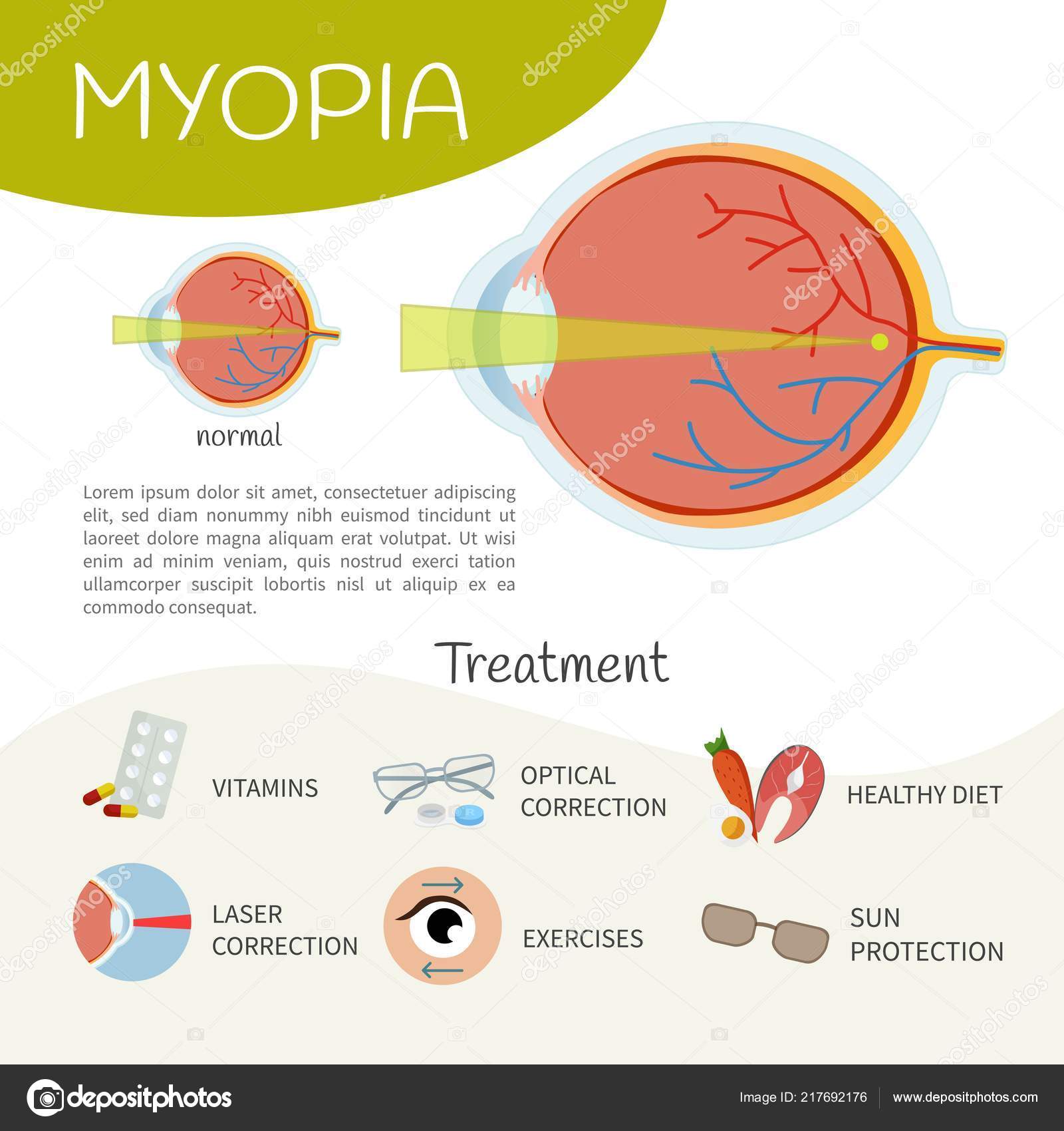The Development Of Advanced Cataract Surgical Treatment Techniques: A Detailed Summary
The Development Of Advanced Cataract Surgical Treatment Techniques: A Detailed Summary
Blog Article
Post Writer-Cullen Alexander
As you explore the advancement of advanced cataract surgical procedure techniques, you'll witness a trip marked by ingenuity and accuracy. From old methods that paved the way for contemporary developments to advanced innovations that are reinventing the field, the extensive introduction of cataract surgical treatment techniques is a testament to human progression and devotion to enhancing client end results. The detailed interaction between historic methods and advanced innovations produces a fascinating narrative that clarifies the evolution of among one of the most typical operations worldwide.
Historic Methods and Advancements
Check out how early specialists changed cataract therapy by using ingenious techniques and tools. In the past, cataract surgical treatment was a dangerous and agonizing treatment. Nonetheless, ancient Indian medical professionals were amongst the very first to try medical treatments for cataracts, using a method called 'couching' where a sharp tool was made use of to press the cataract back into the eye. This method, though crude by today's standards, prepared for future developments in cataract surgical procedure.
As time advanced, Arab doctors made significant contributions by establishing specialized needles for cataract extraction. These needles were used to pierce the cataract and after that extract it from the eye, noting a considerable renovation in medical precision.
Later on, in the 18th century, the French specialist Jacques Daviel pioneered the strategy of extracapsular cataract removal, where the whole lens was gotten rid of undamaged via a larger incision. This noted a significant improvement in cataract surgical treatment techniques, paving the way for the contemporary treatments we use today.
Modern Surgical Approaches
Early methods in cataract surgical procedure have actually advanced significantly, resulting in the advancement of contemporary medical methods that focus on accuracy and boosted individual results. Modern cataract surgical procedure currently often includes a procedure called phacoemulsification, where an ultrasonic device separate the cataract for removal through a little cut. This technique enables quicker recovery and reduces the danger of complications contrasted to older approaches.
Furthermore, the use of innovative intraocular lenses (IOLs) has changed cataract surgery end results. These lenses can correct not only the cataract yet also other refractive mistakes like astigmatism, minimizing the demand for glasses post-surgery.
Surgeons today also have access to sophisticated imaging modern technologies that aid in specific preoperative planning and intraoperative decision-making. Optical comprehensibility tomography (OCT) and other imaging modalities provide comprehensive pictures of the eye's frameworks, enabling an extra customized approach per patient's surgical procedure. With these advancements, modern cataract surgery strategies continue to boost, providing patients safer treatments and far better visual outcomes.
Arising Technologies in Cataract Surgery
With innovations in technology revolutionizing the area, cataract surgical treatment is witnessing the combination of innovative strategies for boosted individual results. Arising modern technologies in cataract surgical procedure are reshaping the landscape of ophthalmic treatments. One such innovation is femtosecond laser innovation, which enables exact corneal lacerations, capsulotomies, and lens fragmentation, causing boosted surgical accuracy and outcomes.
Furthermore, intraoperative aberrometry is acquiring popularity, making it possible for real-time dimensions of refractive mistakes during surgical treatment to improve intraocular lens power estimations and lower postoperative refractive shocks.
In addition, the use of innovative imaging innovations like optical coherence tomography (OCT) and intraoperative wavefront aberrometry help cosmetic surgeons in specific surgical planning and execution. These devices provide comprehensive anatomical details and help personalize surgical strategies for every patient's one-of-a-kind eye features.
Moreover, 2 weeks after cataract surgery in artificial intelligence are being discovered to aid in preoperative planning, intraoperative decision-making, and postoperative treatment, potentially maximizing surgical outcomes and patient complete satisfaction. Embracing https://monovisiondominanteye21099.blogolenta.com/23456403/trying-to-find-methods-to-alleviate-completely-dry-eye-irritability-discover-useful-suggestions-and-simple-methods-for-maintaining-healthy-and-balanced-eyes arising innovations in cataract surgical treatment holds pledge for additional boosting individual results and making certain the proceeded development of ocular surgical techniques.
https://www.benzinga.com/money/best-vision-insurance-oregon/
As you journey via the history of cataract surgical treatment, you witness the change from ancient methods to innovative innovations. Like a phoenix metro climbing from the ashes, cataract surgical procedure has developed right into a beacon of hope and development.
Equally as a caterpillar emerges from its cocoon as a gorgeous butterfly, cataract surgery has thrived into a refined art type, offering patients more clear vision and a brighter future.
The advancement proceeds, beaming a light on countless opportunities.
